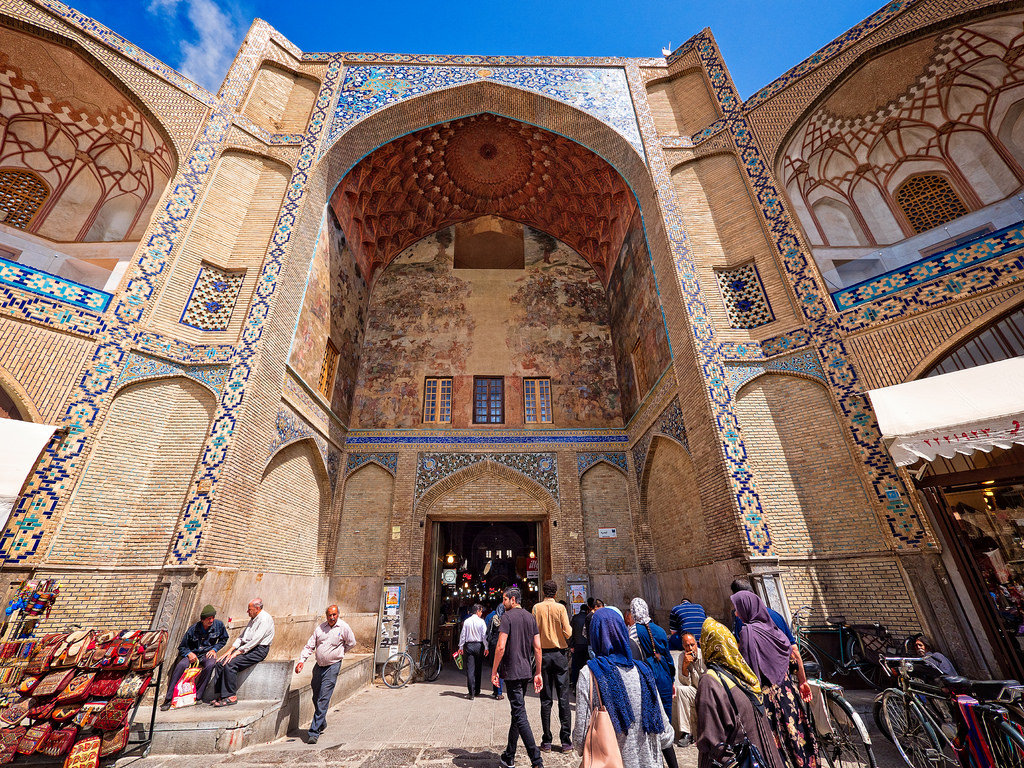Khaju Bridge, Isfahan
Located in the historic city of Isfahan, Iran, the Khaju Bridge (Pol-e Khaju) is widely regarded as one of the most beautiful and architecturally sophisticated bridges in the world.Built during the Safavid dynasty in the mid-17th century, this bridge is not only a functional crossing over the Zayandeh River but also a masterpiece of Persian architecture, known for its elegance, symmetry, and cultural significance. Historical Background Constructed around 1650 under the rule of Shah Abbas II, Khaju Bridge was designed to serve
The Grand Bazaar of Isfahan
The Grand Bazaar of Isfahan, also known as the Qeysarieh Bazaar, is one of the oldest and most vibrant traditional markets in Iran.Located in the heart of Isfahan, this historic bazaar is not just a shopping center—it’s a journey through the rich tapestry of Persian culture, craftsmanship, and architecture. Dating back to the 11th century, the bazaar stretches over 2 kilometers, connecting some of the city’s most iconic landmarks, including Naqsh-e Jahan Square and the Jameh Mosque of Isfahan. Historical Significance The Grand
co-Lodges in Iran | Authentic, Sustainable, and Local Travel Experiences
Staying at an eco lodge in Iran allows travelers to connect with local traditions support sustainable tourism and explore hidden gems away from mainstream routes. What Is an Eco Lodge? An eco lodge is a nature based community run accommodation that reflects local architecture and promotes environmental awareness. These lodges are often built using natural materials operated by local families and serve traditional homemade meals using locally sourced ingredients. They are perfect for travelers looking for off the grid experiences cultural exchange and




